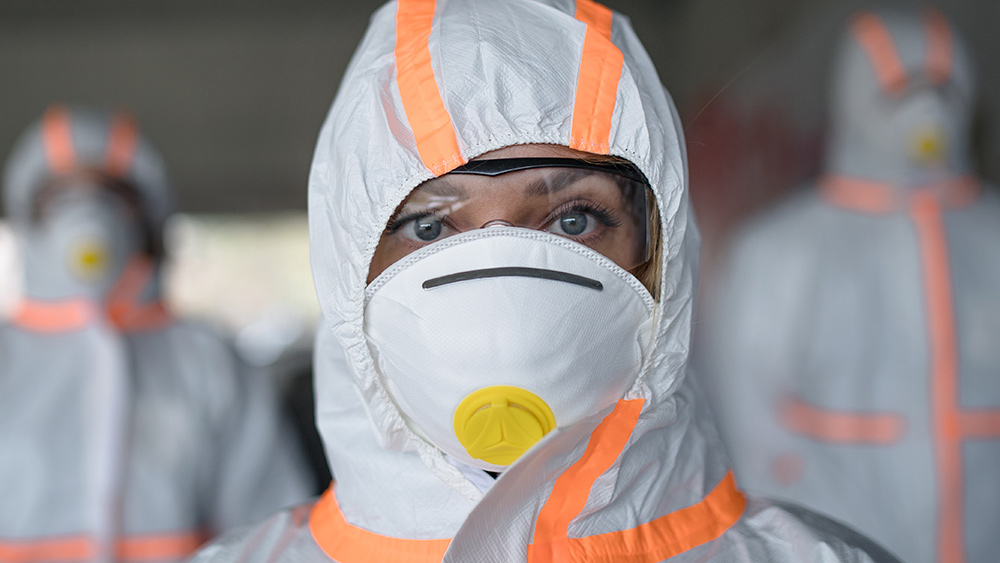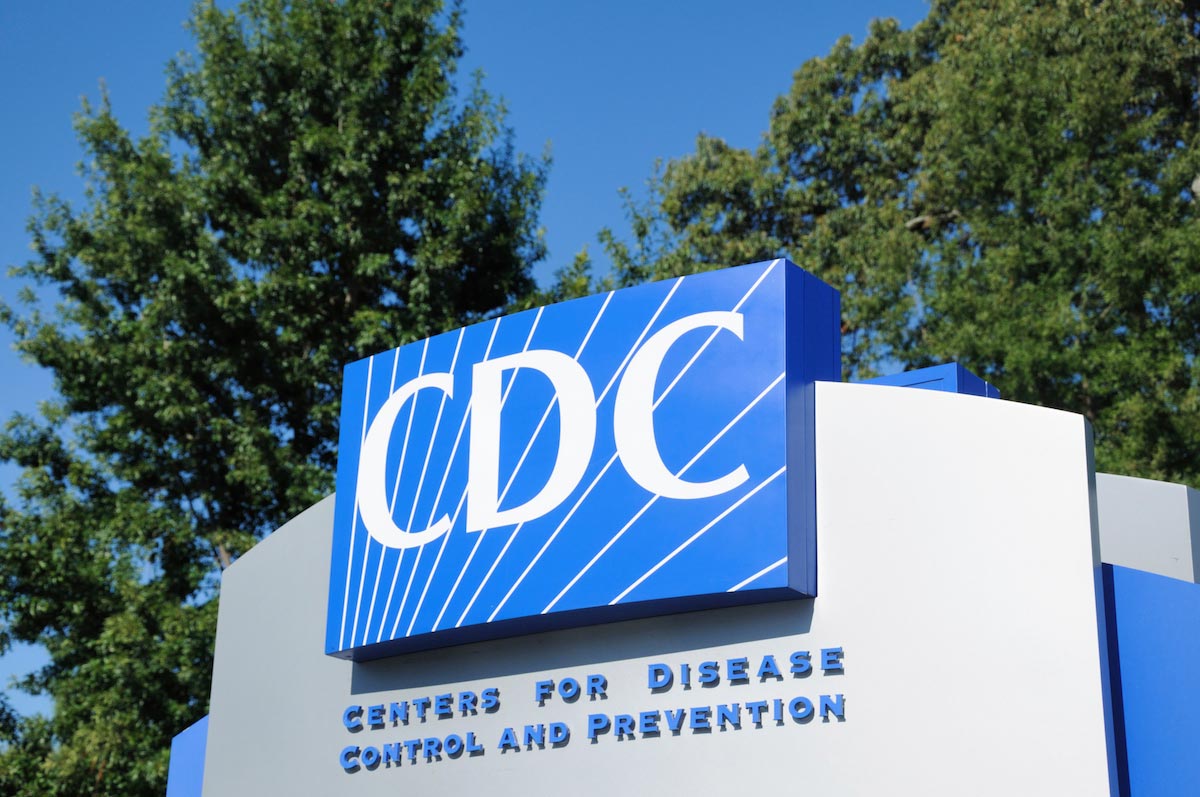More than 100 scientists accuse WHO of ignoring risks of “forever chemicals” on human health
12/06/2022 / By Ramon Tomey

A group of more than 100 scientists has accused the World Health Organization (WHO) of turning a blind eye on the risks of forever chemicals on human health.
The scientists put forward their accusation in a Nov. 10 letter addressed to Bruce Gordon, who heads the WHO’s Water, Sanitation, Hygiene and Health Unit. The 116 signatories, all experts on per- and polyfluoroalkyl substances (PFAS), zeroed in on the global health body’s draft guidelines for drinking water quality. The draft proposed a 100 parts per trillion (ppt) level for individual PFAS, such as perflourooctanoic acid (PFOA) and perfluorooctane sulfonate (PFOS), alongside a 500 ppt total PFAS concentration.
“The proposed WHO guidelines are derived using a seemingly arbitrary technology-based approach, and are far less protective than if a scientifically defensible health-based approach were used,” said the scientists. They also remarked that the WHO assessment “disregards the robust evidence of human health harm at environmentally relevant exposure levels, which is also supported by experimental literature.”
According to the experts, PFAS can cause different kinds of harm to human health – including cancer, liver damage, increased cholesterol levels and damage to the immune system. Thus, the signatories proposed that the draft “be significantly revised and the numerous peer-reviewed scientific studies demonstrating strong links between PFOS and PFOA exposure and many adverse health outcomes be carefully considered,” if not withdrawn altogether.
“PFOA and PFOS are routinely removed from drinking water to non-detectable levels. Therefore, treatment removal limitations do not prevent the ability to meet health-protective drinking water levels. We share the WHO’s concern about the high cost of PFAS remediation. However, the high cost associated with water treatment measures is not a valid justification for setting less protective drinking water guidelines.” (Related: Scientists challenge WHO draft guidelines for PFAS in drinking water.)
The letter’s 116 signatories also pointed out that “although PFAS manufacturers’ own research has documented the health harm of PFAS, they continue selling these chemicals contaminating the drinking water and harming the health of numerous communities worldwide.”
Scientists see possible conflict of interest in PFAS draft guideline
According to the Environmental Protection Agency (EPA), many kinds of PFAS “break down very slowly and can build up in people, animals and the environment over time.” While certain PFAS have been used in industry and consumer products since the 1940s, PFOA and PFOS have been replaced in the U.S. with other types of forever chemicals.
PFAS are found in almost every product on store shelves – from takeaway containers in fast food restaurants, school uniforms, non-stick pans and raincoats. These chemicals make these products resistant to water, oil, heat and stains.
The scientists who signed the Nov. 10 letter, however, surmised that industry consultants linked to PFAS may have been responsible for the content of the WHO’s draft guideline document. Thus, they requested that the WHO “identify the names, affiliations and potential conflicts of interest of those involved in the preparation or peer review of this draft, and any future WHO documents.”
In response, the global health body said contributors to the draft would be listed and posted on the WHO’s website.
“I don’t understand how they could have come up with this using an independent group of scientists. My impression is that people who consult largely for (the) industry are the people who are involved in writing this,” said Linda Birnbaum, former director of the National Institute of Environmental Health Sciences and a signatory to the Nov. 10 correspondence.
“[The WHO] has ignored the last 20 years of scientific research – ranging from observational human studies, animal studies and mechanistic studies – and concluded that there’s not enough information. It’s very, very concerning.”
Head over to Chemicals.news for more stories about forever chemicals.
Watch this video about PFAS being found in 43 out of 44 drinking water samples taken from cities across the United States.
This video is from the ZGoldenReport channel on Brighteon.com.
More related stories:
Maine becomes first state to enact broad ban of toxic PFAS “forever chemicals.”
EPA doing “bare minimum” to address toxic PFAS pollutants in drinking water.
“Forever chemicals” from almost 42,000 sources threaten to contaminate drinking water.
PFAS chemicals are now in the drinking water of about 16 million Americans, new study concludes.
Pollution in the ground water: Well water in Maine is contaminated with PFAs, and it’s compounding.
Sources include:
GreenSciencePolicy.org [PDF]
Submit a correction >>
Tagged Under:
big government, chemicals, clean water, concentration, Dangerous, draft guidelines, drinking water, EPA, forever chemicals, PFAS, PFOA, PFOS, toxic ingredients, water supply, Water Wars, World Health Organization
This article may contain statements that reflect the opinion of the author





















